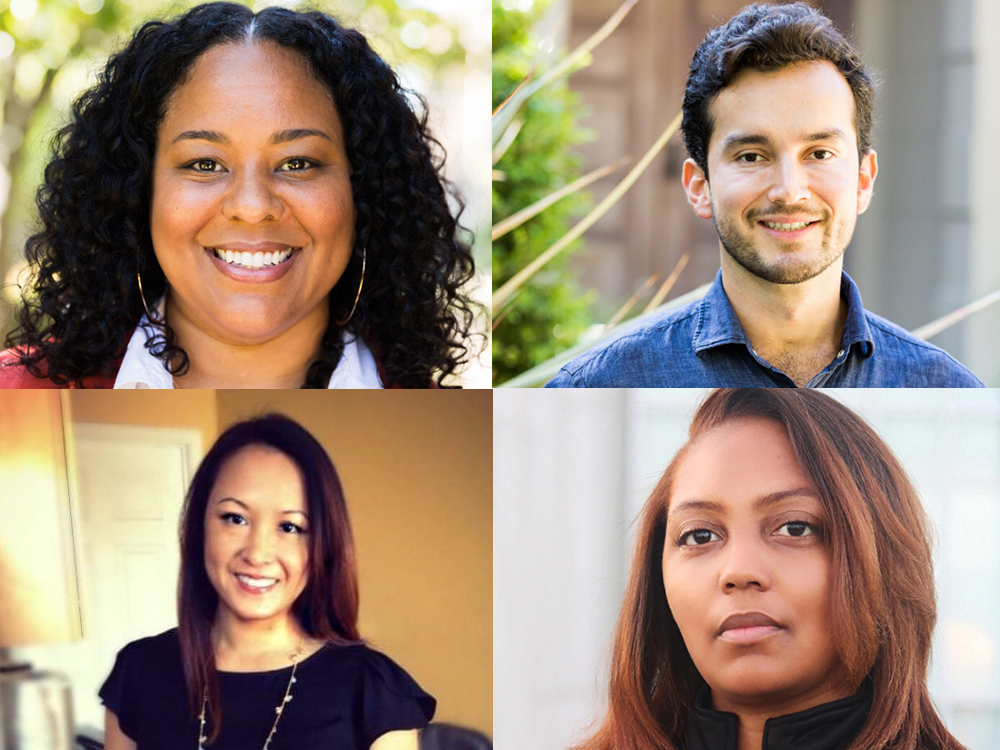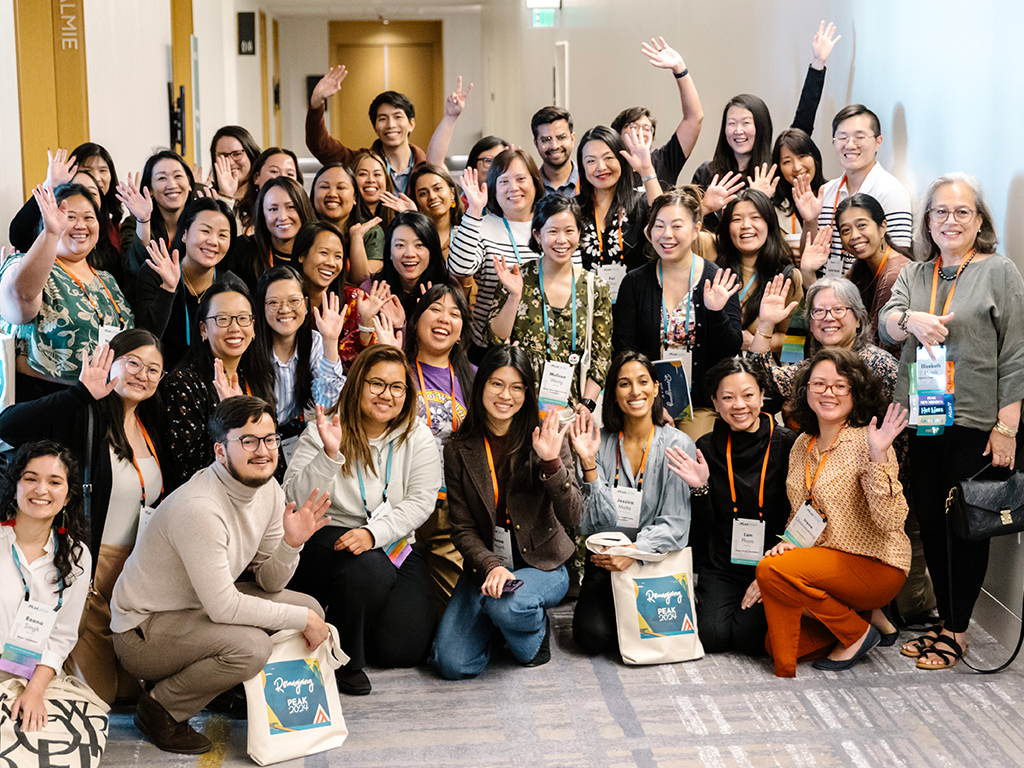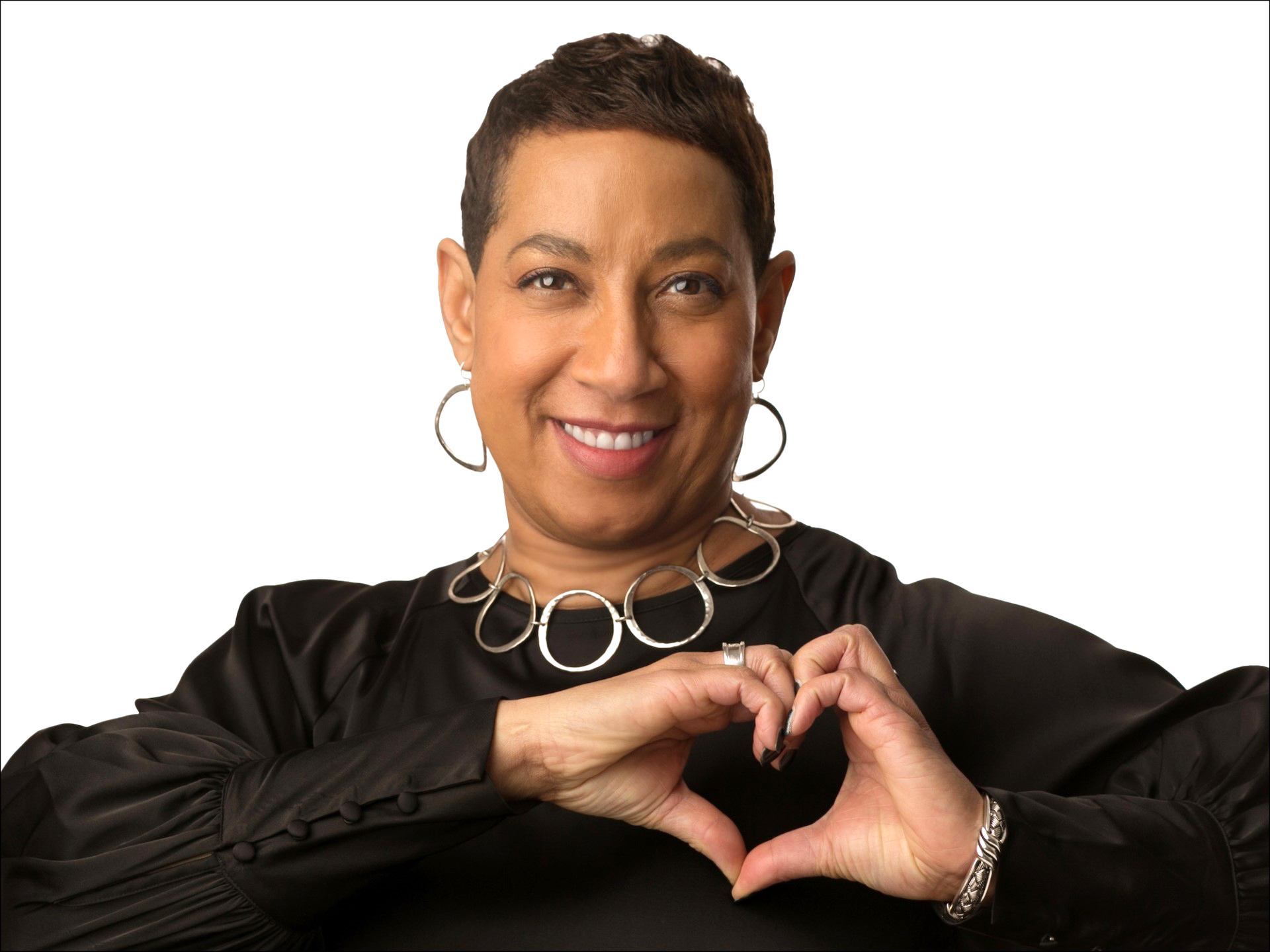Three Ways to Operationalize Trust-Based Philanthropy Practices

In May, the PEAK Rocky Mountain and PEAK Northern California chapters hosted a panel discussion where grants professionals shared how their respective organizations are operationalizing the principles of trust-based philanthropy. Over the course of an hour, Stupski Foundation Program Officer of Postsecondary Success Malila Becton-Consuegra, San Francisco Foundation Chief of Staff and Interim Vice President of Programs Brandi Howard, General Service Foundation Grants and Operations Manager Elaine Mui, and Stupski Foundation Grants Associate Daniel Oviedo offered insights to help others find ways to start rethinking their practices and implementing change. As they each shared their stories, three themes emerged.
Have a north star—and ensure you stay on course
Howard shared that the San Francisco Foundation’s equity agenda commitment to ensuring that Bay Area residents are “economically secure, rooted in vibrant communities, and civically engaged” enabled the organization to organize and frame their work. “We created grantmaking strategies that were directly informed by communities,” Howard said. “Listening—which is a core piece of the learning journey—transparency, and relationships have been constants that we’ve been growing into.” The panelists also made a point of using grantee and donor perception reports to encourage feedback, learn what was working well, and identify opportunities for growth so that funders can be better partners. Mui shared that General Service Foundation uses justice as its north star. Operationally, this translates into trusting the leadership of grant partners who have been those most impacted by injustice.
Rethink reporting
“Act on feedback,” Mui said. “If you get a sense that something isn’t right or is cumbersome, see if you can make changes internally.” All panelists shared that they built in greater flexibility in their reporting processes in response to the COVID-19 pandemic, and they did so in ways that not only reduced grantee burden, but they deepened funder-grantee relationships. Oviedo commented that this can look like single-page award letters, removing time-bound terms to provide maximum flexibility, and prioritizing flexibility around disbursements and report due dates. “We don’t always ask grantees to tailor a final report to us,” he said. “Whenever possible, we accept reports that grantees might have prepared for other funders or even annual reports that they’ve created for the community at large.”
In addition, as Howard shared, conversation-based reporting–combined with streamlined processes that include a common application for all grant opportunities–enable her to better understand the grantee’s strategies and map those strategies to how the foundation is realizing its equity agenda. “It allowed for us to engage deeply with how we give our grants and how we think about our relationships,” Howard said.
Mui also noted the importance of capturing those conversational engagements with grantees within the grants management system to build an institutional knowledge of those relationships. This way, as staff turns over, the funder is better positioned to provide consistency in those relationships and solidify the sense of trust between funder and grantee.
Provide support beyond the grant
Oviedo noted that granting multiyear, general operating support can have a huge impact on an organization’s sustainability, especially if it needs to suddenly alter its strategy to best serve communities, as was the case with the pandemic. Absent a crisis, multi-year support also empowers organizations to plan for the long term. Either way, in terms of relationship building, providing this kind of support communicates trust that the grant partner will make the best use of that money and reduces power imbalances.
But a funder can also help a great deal with capacity building. For example, as Becton-Consuegra shared, this could look like using their own communications platforms to share information about the work grantees are doing. She gave an example of meeting with a mission that aligned well with the foundation, despite the fact that their application was full of errors. Becton-Consuegra soon learned that everyone there worked full-time jobs in addition to running the nonprofit and didn’t have the capacity to produce the kind of perfectly polished applications that would attract the attention of funders. “We were able to provide them with a consultant to help them improve their grant writing skills. She created a bank of blurbs they could use for different grant applications. She also reviewed grant applications that were declined to point out where the trouble spots were. The success of this work has been that they’ve more than doubled their grant funds in this past year and they were also able to pay one of their founders to work there full time.”
And grants management professionals are in a key position to initiate and embed trust-based practices within their organizations. “You hold so much knowledge of what are equitable and inequitable practices,” Howard said in her closing remarks. “Our responsibility to respond to community is so much more urgent. Push in the areas where you know you can push, and keep your eye on the areas where you might meet resistance.”
Image, clockwise from top left: Malila Becton-Consuegra, Daniel Oviedo, Brandi Howard, and Elaine Mui






